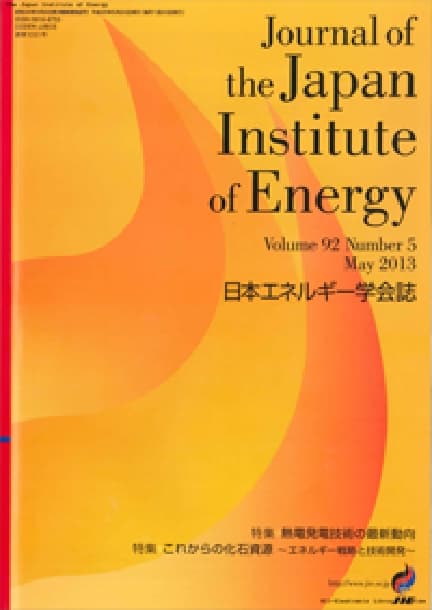Direct Liquefaction of Victorian Brown Coal for Effective and Noble Utilization: Production of Chemical Feedstocks by Modified BCL Process
Osamu OKUMA, Kazuhiro MAE, Jun’ichi HAYASHI
pp. 17-26
DOI:
10.3775/jie.98.17Abstract
Victorian brown coal in Australia is an important resource because of its huge reserve and low mining cost. However, it is still used only for power generation near its mine although many advanced technologies such as gasification and pyrolysis have been developed to convert it into more valuable products. After oil crisis in 1970s, the BCL (Brown Coal Liquefaction) process has developed to liquefy it into transportation fuel, but it is also not commercialized because the coal-derived fuel is not competitive economically with petroleum. The coal-liquefied products contain poly-aromatics, heterocyclic compounds and pitch, which have potential to be used as feedstocks for chemicals, coke-binder and carbon-materials in chemical and tar industries. When the products are used as feedstocks, their value increases compared to fuel use; the plant capacity and liquefaction conditions become small and mild. To use as feedstocks, these product distribution between distillate and pitch should be changed by controlling the liquefaction conditions according to the specialties of the feedstocks. This means that the configuration of the BCL process is modified to change the product distribution and to decrease the production cost. As a result, the modified BCL process is able to become an efficient and noble utilization technology of the brown coal.
Readers Who Read This Article Also Read
Journal of the Japan Institute of Energy Vol.97(2018), No.12
Journal of the Japan Institute of Energy Vol.97(2018), No.2
Journal of the Japan Institute of Energy Vol.97(2018), No.5










